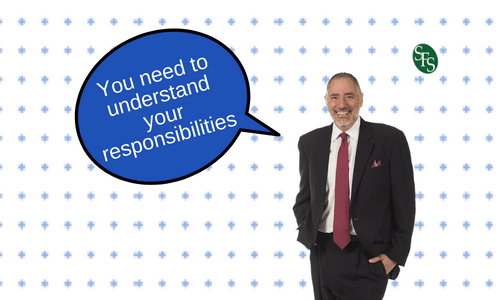**Understand your responsibilities
Settlement of a debt is not the end of the story.
Creditors who forgive $600 or more of your debt are required to report the forgiveness to the IRS. You’ll receive a 1099-C “Cancellation of Debt” tax form in the mail. You must include the canceled amount in your gross income—and pay taxes on it—unless you qualify for an exclusion or exception.
“This can cause a lot of problems since the reason for the debt forgiveness is that there is not enough money to pay the debt in the first place,” explains Jeffrey A. Schneider, an enrolled agent, and certified tax resolution specialist. “This adds additional debt in the form of taxes on that income. And depending on the amount, the taxes can be significant.”
This comes as a surprise to many debtors.
There are a few exclusions, explains Schneider, including bankruptcy and insolvency. Insolvency is IRS lingo for being flat-out broke. If you can prove that you’re insolvent, you may not have to pay the taxes.
Insolvency really does mean broke. “One item that can cause a person to be solvent when they believe they are not,” says Schneider, “is that they have to include their retirement monies, such as IRAs, 401(k)s, and so forth.”
If you owe taxes and can’t afford to pay them, you will have more work to do:
- You can set up an installment plan with the IRS
- You can submit an Offer in Compromise (essentially another negotiated debt settlement, this time with the IRS)
- You can apply for a Currently Not Collectible (CNC) account, which is a hardship status. You won’t have to pay the taxes for the time being, but the IRS can still charge interest and penalties to your account. Future tax refunds will be applied to the taxes you owe.
** published in credit sesame, August 7, 2017


